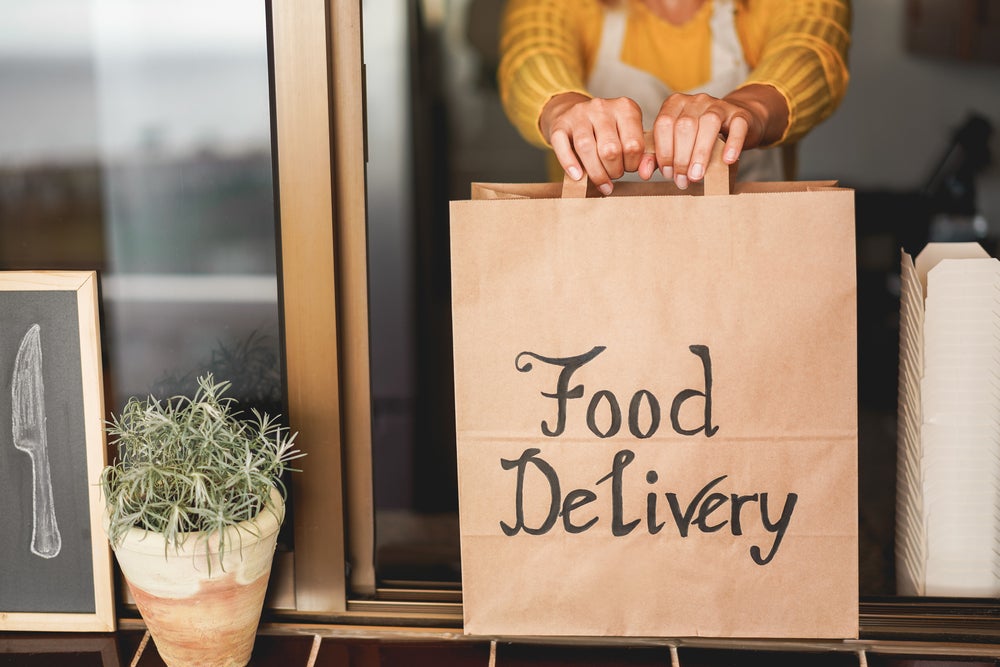The foodservice industry has witnessed a variety of challenges to maintain revenue growth, especially after the Covid-19 crisis in 2020, and ghost kitchens have been key in meeting these challenges.
With China being one of the last countries to fully lift its lockdown and travel restrictions from June 2023, the world resembles the closest it has been to pre-pandemic conditions. Foodservice providers are now witnessing the challenge of deciding which channel to focus on, and whether deliver-only operations such as ghost kitchens are a viable business model.
During the peak of the pandemic, the operator selling price value gained from dining in declined by 41% during 2019-2020. Simultaneously, delivery takeaway increased by 41%, which boosted demand for delivery-only restaurants – ghost kitchens. Asia continues to be the largest market for delivery takeaway and is expected to have notable growth during the 2022-27 period with value CAGR of 8.2%. It is, therefore, important for foodservice providers to invest long-term in ghost kitchens, where markets show that delivery takeaway is expected to witness significant growth and high consumer demand.
Ghost kitchens in the US
Data also shows that North America continues to be the second most lucrative region in terms of delivery takeaway. Brands such as OOMI have adjusted their business model to suit both delivery and dining in behaviours by launching a virtual food hall. All orders from more than ten virtual restaurants are taken via smartphone and are available to pick up from or be consumed at the food hall. The company does not franchise or license out the concept as they want to ensure quality control.
According to the brand, its ghost kitchens operate with fresher ingredients instead of frozen and pre-made sauces witnessed in other cloud kitchens. For ghost kitchens to thrive, they need to provide a business model that satisfies consumers who prefer to order from home or dine in.
Many leading ghost kitchens are diversifying into virtual food halls to give guests dining options. International chains such as Wendy’s are providing a combination of ghost kitchens and brick-and-mortar outlets, especially when moving into new markets. This provides an omnichannel experience that satisfies a variety of preferences.





